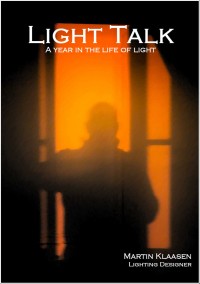Zero energy, zero maintenance
Shanghai, 4th February 2010
Is it possible to design towards zero energy and zero maintenance? In other words design a full project lighting installation that is 100% sustainable through renewable energy (wind, solar, etc) and has such life span that maintenance becomes redundant?
Right now certain parts of a lighting installation can certainly be designed that way. Some of you may have seen the recent fully solar driven LED façade lighting of the Xicui Entertainment Complex in Beijing, I believe one of the first of its kind. Right now I am also exploring the possibility to design a large façade lighting project that way. But I believe we are still in a situation where the initial investment costs are still prohibitive for many.
The challenge for “zero energy” is the limitations of the size of the solar or wind collectors required to achieve the desired lighting performance. The proportional size of the renewable energy collector to light fitting is quite big. From my understanding the Beijing project for instance, uses 8 small solar collectors to feed one LED light, all embedded in the curtain wall. It also seems that feeding back the collected energy into the power grid is more workable than storing the energy due to the limited storage capacity of the batteries and space would need to be created for the batteries.
The challenge for “zero maintenance” is that the previously thought incredible 100,000 hrs lifetime of LED’s is actually more like 15,000 hrs. At an average of 3000hrs a year, that is only a 5 years life span, not really an indefinite life span anymore as we originally thought! Lighting performance is directly related to lifespan and with so much emphasis put on performance one can understand why the life expectancy has so dramatically decreased.
I think we should strive to design towards zero energy and zero maintenance as a target, but it may still take a while before it can actually be achieved.

 The long awaited book compilation of Martin's first year of blogging is available. Order now.
The long awaited book compilation of Martin's first year of blogging is available. Order now. Feedspot Top 100 Lighting Blogs
Feedspot Top 100 Lighting Blogs
Comments (6)